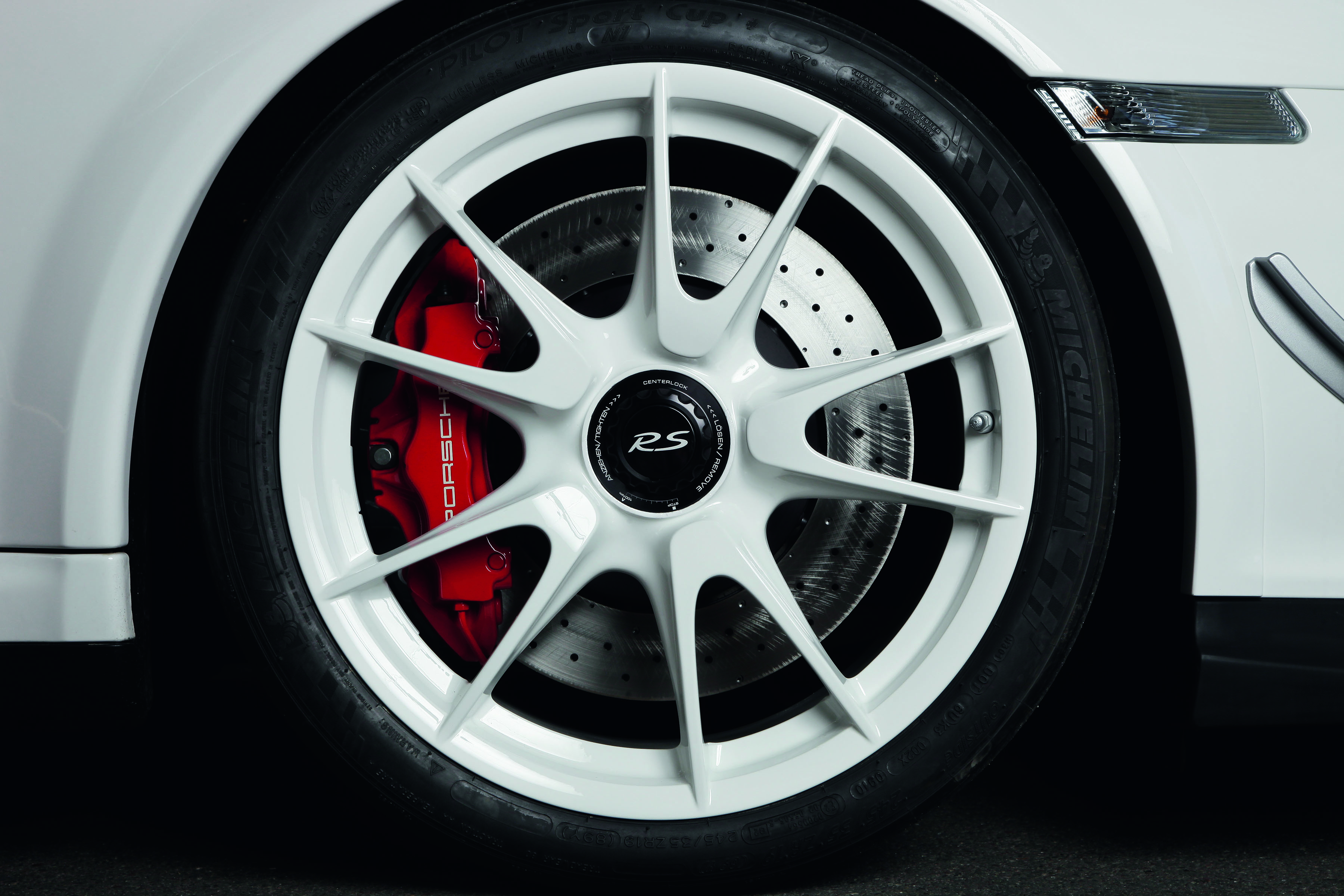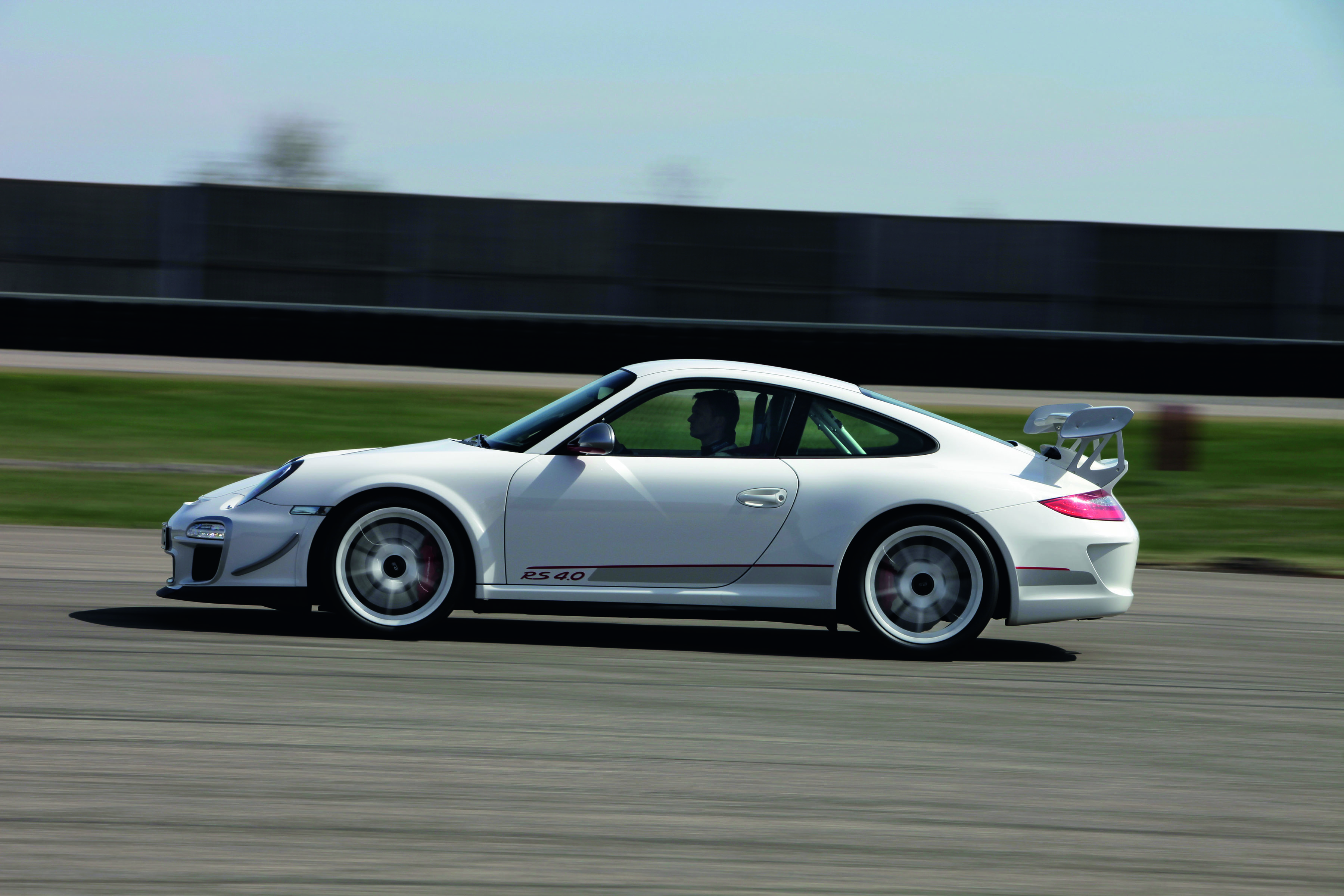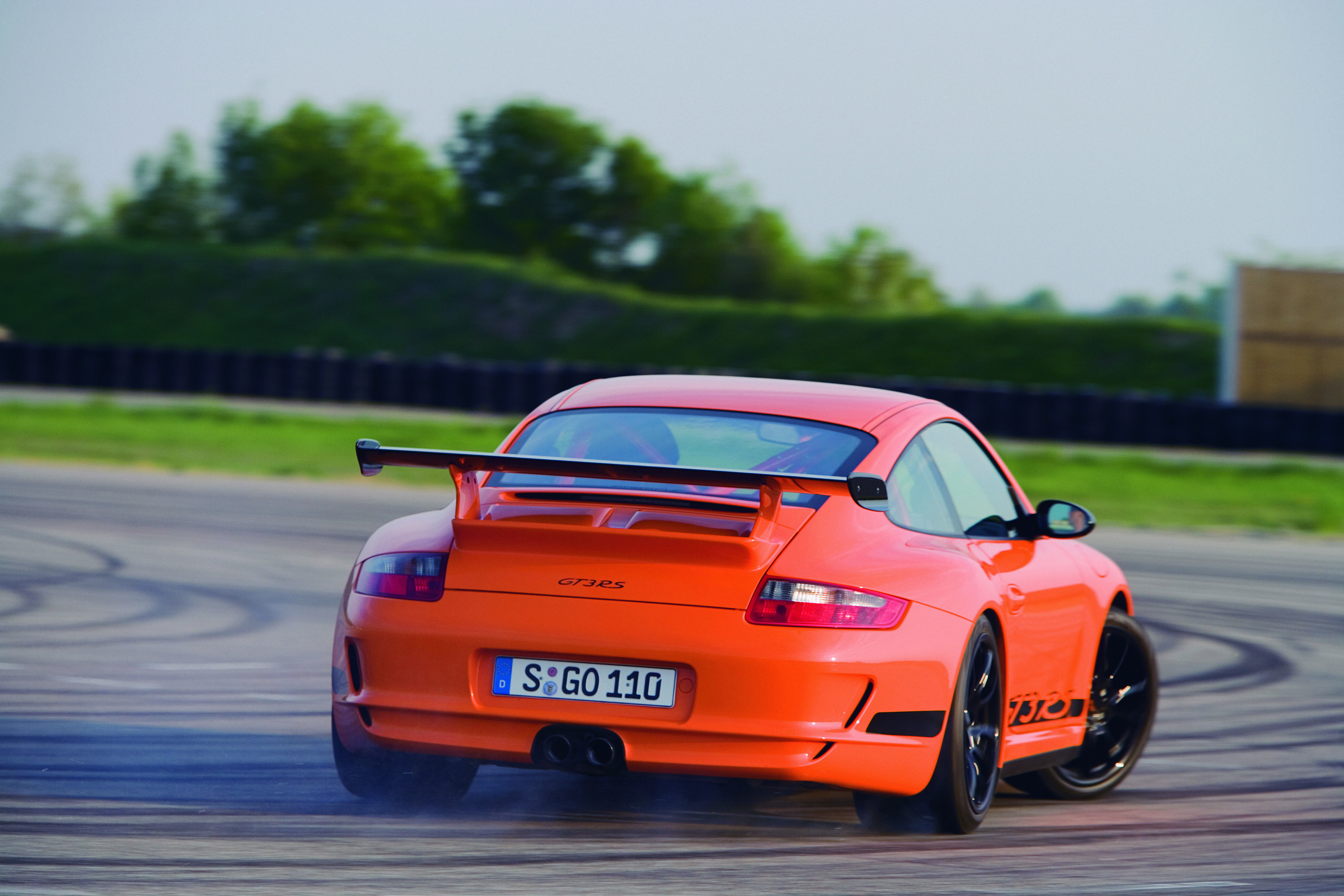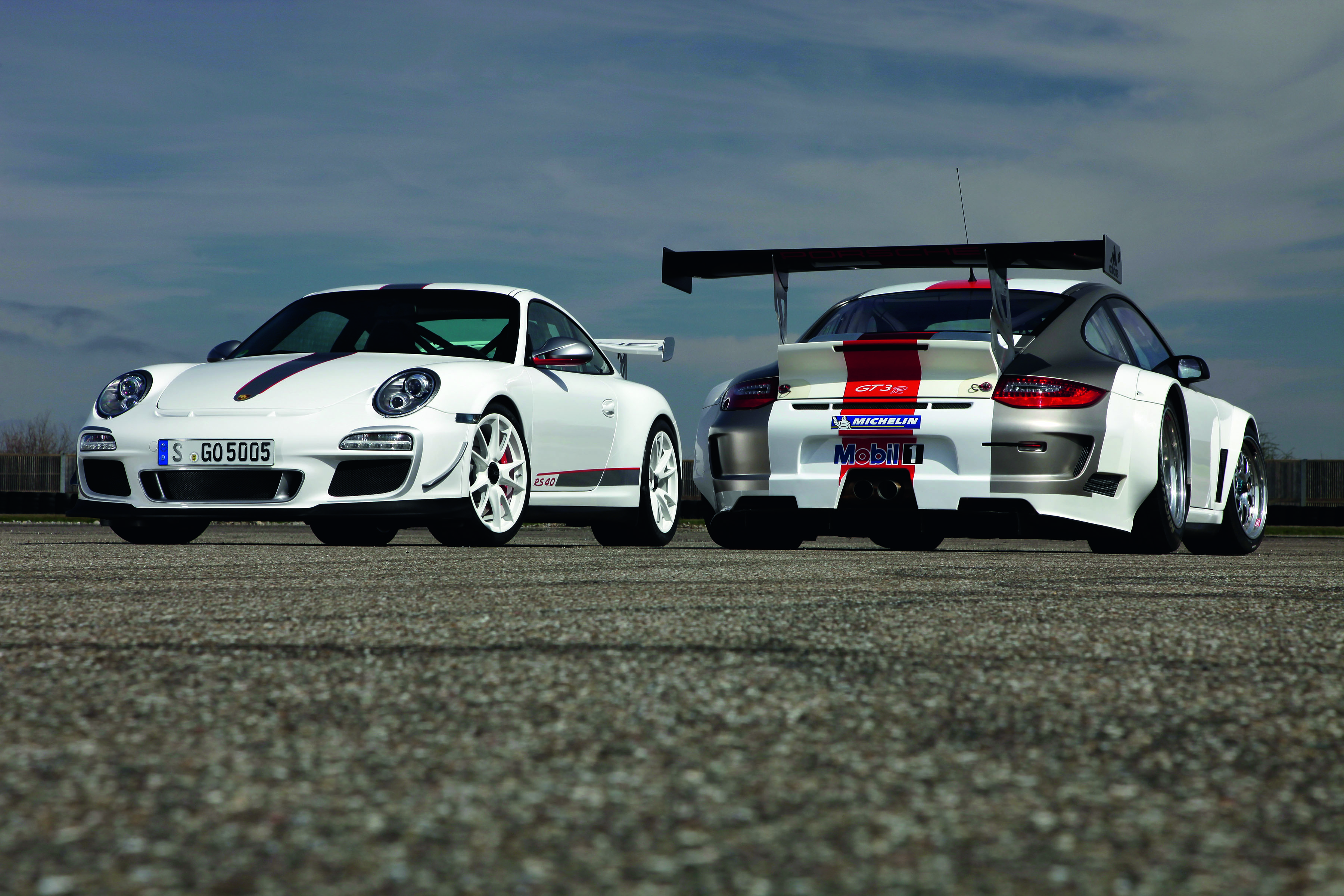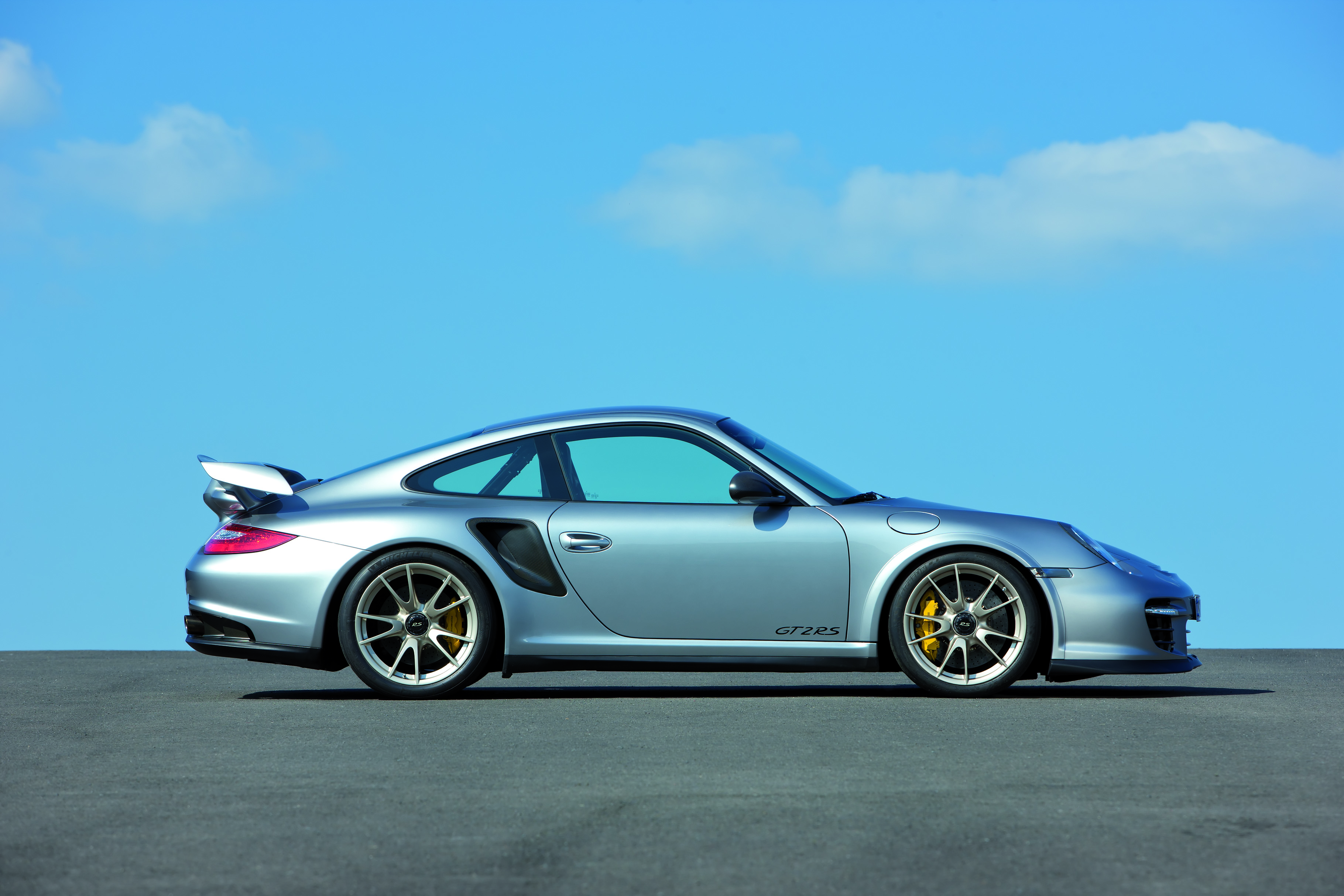The collector car market, perhaps more than almost any other, is driven by emotion. Trends come and go, and while top level investment cars will always have their place, other areas of the market tend to fluctuate based on the latest hot commodity rather than what is truly special, unique, and collectible.
In the past few years, one of the most prolific examples of this syndrome has been the focus on new Porsche 911s versus those only a few years old. It seems that with the advent of the 991 generation of cars, every enthusiast who fancies himself a “driver” has realized he must have a GT3 – and Porsche is happy to sell him one. This is totally fine, as Porsche is in the business of selling cars, and more sold means more profit for shareholders. However, the problem lies with the point at which these cars, usually sooner rather than later, hit the secondary market.
991 GT3s, GT3 RSs, and special variants have been the subject of feeding frenzies with each debut, gobbled up by those who must have the latest & greatest. And, said buyers are willing to pay handsomely for the privilege, handing out huge sums over sticker price to secure their example. This is also fine, as long as the intent is to drive and enjoy the car for a long period of time. However, the intent is often to secure a so-called investment that will continue to go up even further in value. This thinking is tragically misguided in many cases.
The 997-generation of the GT3, in comparison to the 991 variants, was smaller, lighter, purer, more visceral, included a desirable Mezger-designed engine, and came with a 6-speed manual gearbox standard. It’s not my job to argue which ethos is better for driving pleasure, but as a student of the collector car market, I would wager heavily that the 997 set of ideals will do better than the 991’s more technology-driven approach value wise, especially five years or a decade from now. This is not to mention the huge discrepancy in production numbers, which can be viewed below.
Essentially, Porsche is at the top of their game, producing some of the best sports cars they have ever made, and selling them by the bucketload. But, this does not mean that the cars coming out of the factory today will prove to be wise investments, especially those that are essentially unlimited in production. In comparison, 997-generation specials like the GT3 RS 4.0 and GT2 RS weren’t even originally planned to be made – the engineers simply demanded it, and Porsche assented. Today’s GT cars are a huge part of the bottom-line at Porsche, and the special nature that makes for a future classic is being lost, even if the cars themselves are an incredible drive.
So, this is the reason I have mentioned to most buyers who have come my way lately that now is the time to buy a 997-generation RS car. These were such special cars, and if you are a buyer who keeps one eye on the market, they are easily the undervalued picks of the GT-car litter today and the ones to have for the future.
Please note the below are approximate numbers, but give a good sense for how the USA production numbers relate to one another. While we only have data for the GT3 RS & 911R to represent the 991 generation, Porsche has indicated that the current “.2” GT2 RS or GT3 RS will only be limited by demand. Taking this further, Andreas Preuninger has actually implied that 2,000 or more 991.2 GT2 RS are allotted for production based on the existing demand for the car.
991 RS cars:
991.1 GT3 RS
USA: ~1,250
911R:
Limited to 991 units worldwide.
USA: ~300
997 RS cars:
997.1 GT3 RS
USA: ~410
997.2 GT3 RS
USA: ~550
997.2 GT2 RS
Limited to 500 units worldwide.
USA: ~110
997.2 GT3 RS 4.0
Limited to 600 units worldwide.
USA: ~140

